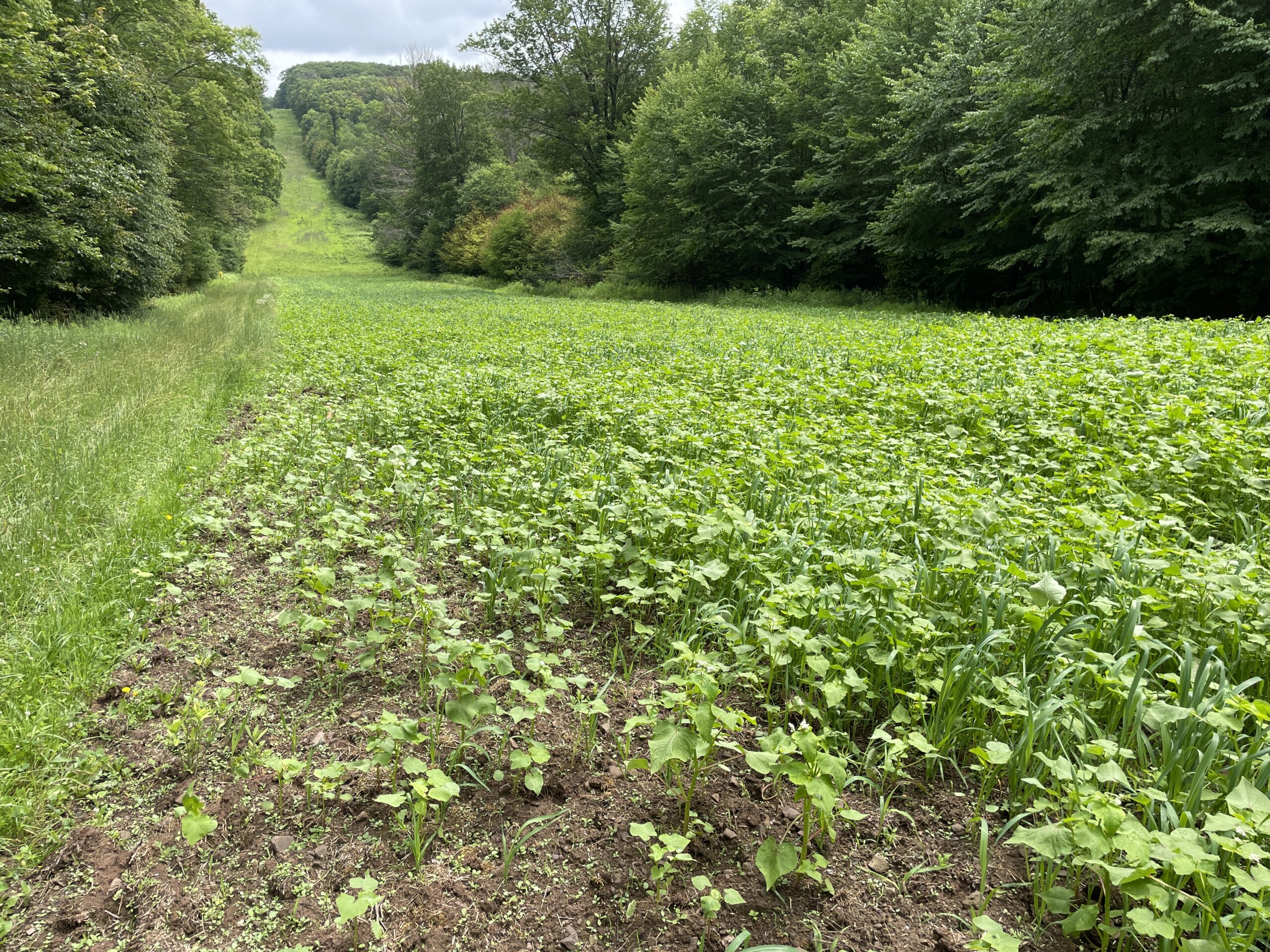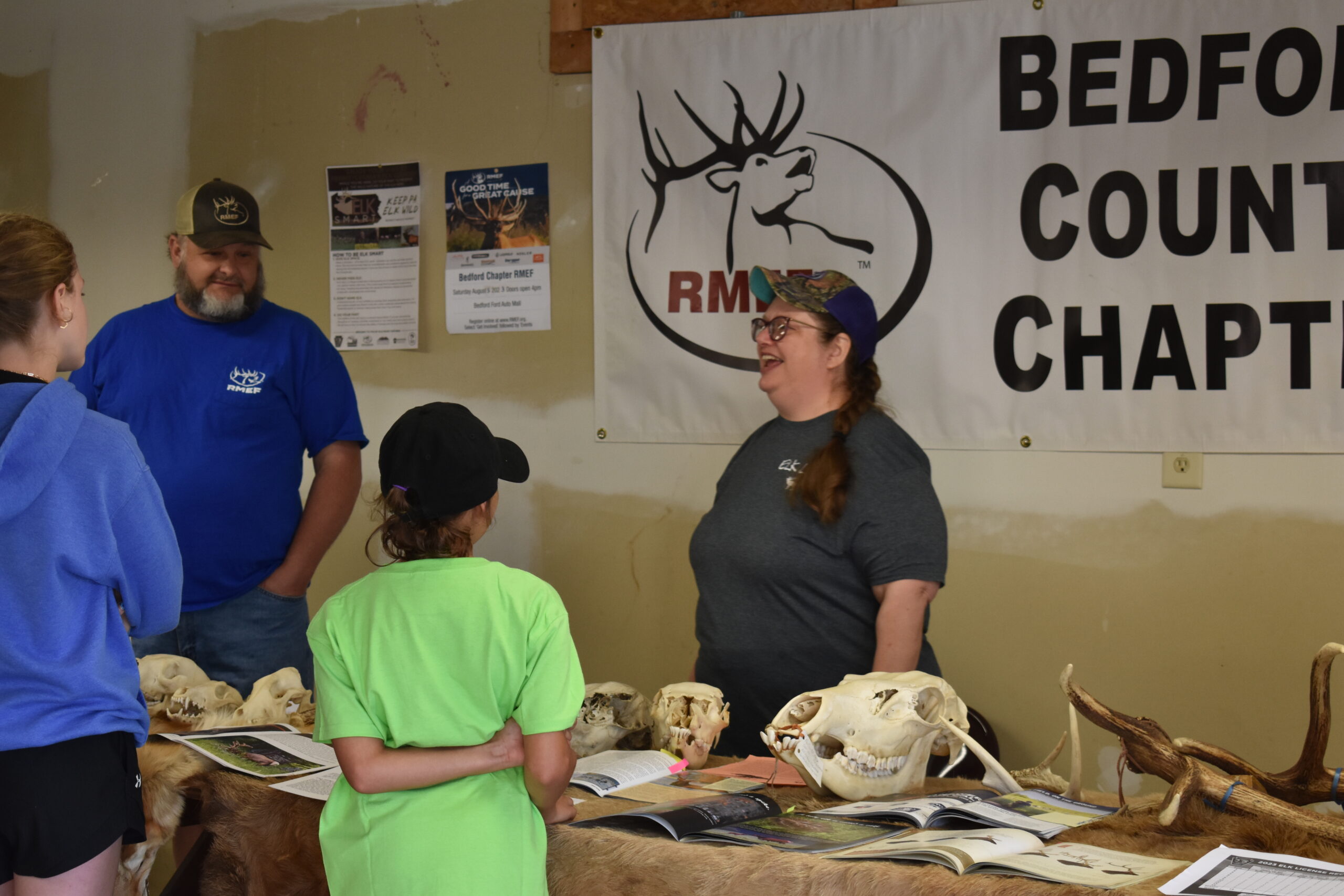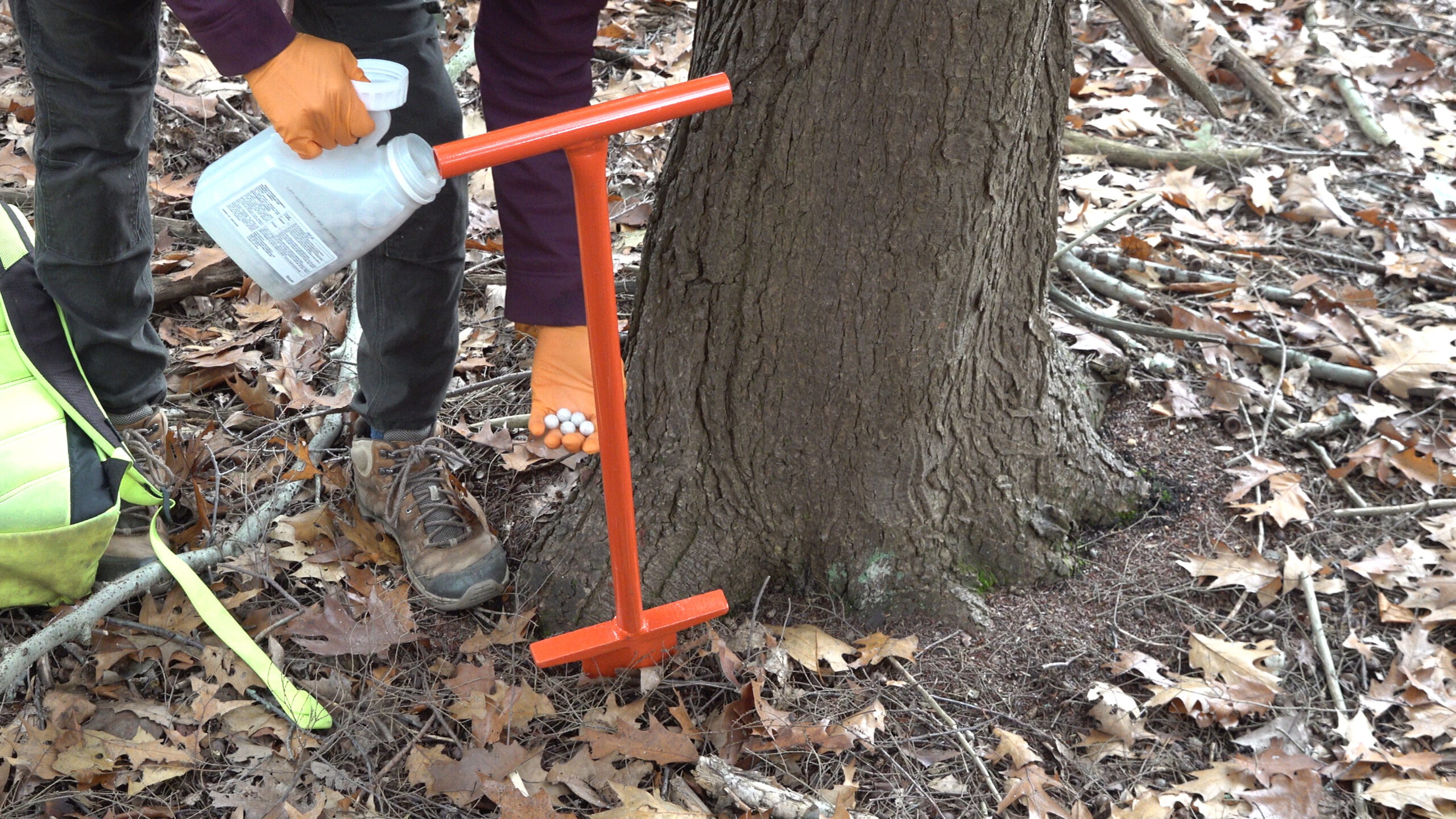RMEF’s state-by-state volunteer highlight makes its way to Pennsylvania
There are several reasons why Pennsylvania’s wild, free-ranging elk herd prospers. Among them are available habitat, proven wildlife management practices, support from the hunting and wildlife-viewing communities, and ongoing conservation work that benefits land and creatures alike.
And let’s not forget 30 pockets of dedicated supporters in the form of 30 Rocky Mountain Elk Foundation chapters spread across the state and overseen by volunteers that plan, host and execute fundraising banquets to generate dollars on behalf of elk, elk habitat, hunting and conservation.
In fact, due to their efforts since 1991 and supported by an in-state RMEF membership numbering more than 14,300 strong, RMEF and its partners completed more than 500 conservation and hunting heritage projects in Pennsylvania that conserved or enhanced 28,160 acres of habitat and opened or improved public access to more than 10,000 more. The latest land conservation and access project closed this past December, conserving and opening public access to 649 acres of elk habitat.
“Our volunteers really care about our mission, our elk herd here and others across the country. That’s why they do what they do year-in and year-out. And why they do it so well,” said Dave Ragantesi, long-time Pennsylvania senior regional director. “We are grateful to our volunteers for their time, enthusiasm and talents.”
Below are three 2023 projects, funded by dollars raised by volunteers combined with those from RMEF’s conservation partners.
Susquehannock State Forest Habitat Enhancement

(Photo credit: Pennsylvania Game Commission/Pennsylvania Department of Natural Resources Bureau of Forestry)
The Susquehannock State Forest makes up more than 10% of the state’s elk management area. An ongoing cooperative effort between the Pennsylvania Department of Natural Resources’ Bureau of Forestry, RMEF and other partners is creating, maintaining and improving vital early seral habitat for elk, deer, turkeys and a wide array of other wildlife.
In 2023, crews focused on 155 acres across 15 wildlife forest openings with varying treatments including mowing, fertilization, herbicide application, liming and/or seeding, depending on site needs. They also applied herbicide to a 40-year-old aspen stand to control competing vegetation. The Bureau of Forestry also cleared a half-acre site that will be limed and planted with apple, crabapple, pear and persimmon trees to enhance wildlife forage.
Bedford County Sportsmen’s Club Youth Field Day

(Photo credit: Rocky Mountain Elk Foundation)
In southern Pennsylvania lies the small community of Bedford, about halfway between Pittsburgh to the northwest and Washington DC to the southeast. Every year, the Bedford County Sportsmen’s Club hosts a day of outdoor learning and fun on its youth day. Approximately 200 girls and boys ages nine to 15 learn about and take part in a wide range of outdoor activities such as archery, ATV safety, fishing, canoeing, trapping and shotgun, .22 rifle and muzzleloader shooting. RMEF volunteers man a table with skulls, antlers, hides and Bugle magazines to teach attendees about elk ecology, behavior, wildlife management and conservation. Dating back to 2012, RMEF volunteers raised $5,215 for the annual event that leveraged $5,480 in partner funding over that same time.
State Game Land 14 Timber Stand Improvement

(Photo credit: Pennsylvania Game Commission)
An invasion of sorts threatens both Pennsylvania wildlife and forests within the state’s elk management zone. The hemlock wooly adelgid (HWA) is a small, white, fuzzy yet invasive, aphid-like insect known to infect and kill hemlock trees, a native conifer species comprising what is now a mere 5% of the total forest cover on State Game Land (SGL) 14. That’s bad news for elk and other wildlife because hemlock supply both escape from summertime heat and thermal cover in the winter.
HWA first turned up in neighboring Elk County in 2015 but spread into SGL 14 just three years later. Seeking to manage its spread, RMEF partnered with the Pennsylvania Game Commission over the last seven years to protect hemlock while managing and enhancing herbaceous openings. In 2022, crews applied a soil tablet insecticide treatment across 96 acres with an expected 10-year effectiveness (see above photo). 2023 work featured mowing and removing woody vegetation from 341 acres to create early seral open habitat. Dating back to 2017, RMEF provided $196,228 that helped leverage $296,089 in partner funding to enhance nearly 900 total acres of timber stand and wildlife opening habitat in SGL 14.
